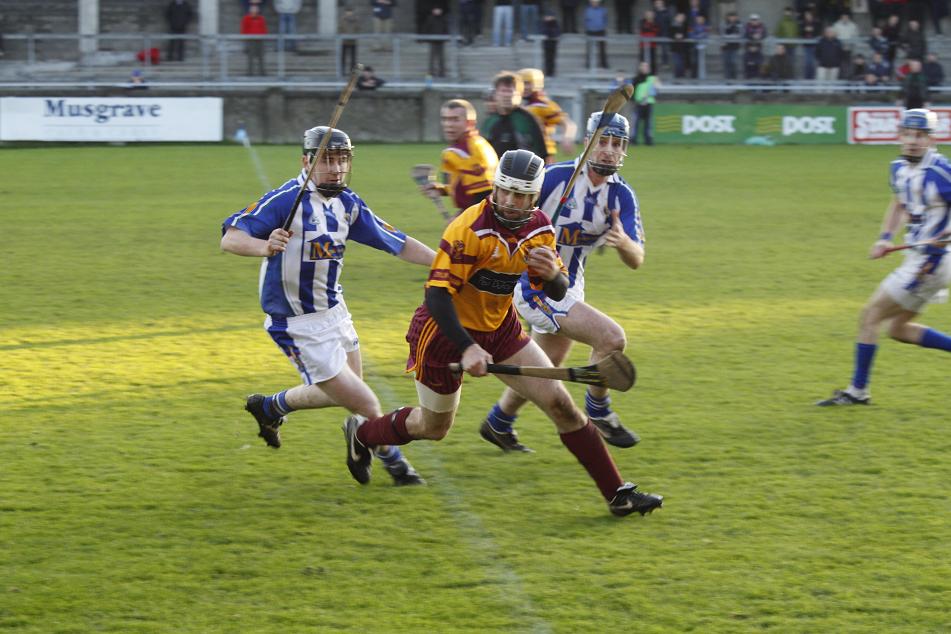During Spring Break at Champlain Dublin we all went our separate ways. Some travelled to Spain, Greece, or Italy, others to Germany or Hungary, and some, such as myself, stayed and experienced Ireland. I was a little concerned I wouldn’t get to experience as much staying in Ireland, but found that fear pleasantly misplaced. This week I have gone to Dublin Zoo and surfing in Strandhill, off the west coast of Ireland (yes, surfing! Believe it or not, Ireland has some of the best waves around).
I also went to Croke Park on Sunday to watch GAA Games. GAA stands for the Gaelic Athletic Association, comprised of 32 counties (Northern Ireland counties included) which compete at only traditional Irish sports. These include Hurling (and the female counterpart, Camogie) Gaelic Football, Handball, and Rounders. On Sunday a friend and I watched a double header, starting with a game of Hurling with Dublin vs. Cork and then Gaelic Football played by Dublin vs. Armagh.
Hurling is a traditional Irish sport compromised of 15 players, played with wooden sticks flattened at the end, and a ball approximately the size of a baseball that is made of solid cork covered in leather. The players move it up the pitch by either dribbling it, balancing it on the end of their stick, hitting it to a team mate, or can hold it for a maximum of 4 steps, after which any of the previously mentioned must happen. There is very little protection aside from mandated helmet wear, and although there is limited physical tackling, it is an aggressive contact sport.
My favorite aspect of the game was how intense and fast-paced it is, similar to a hockey feel, requiring a warranted amount of skill and physical training (you can only sub out three people per game!). I was, of course, rooting for my current home county, Dublin, in the game on Sunday, which we sadly lost by 1 point. Scores in hurling are kept in two. The goal is H-shaped, with a cross bar separating two poles (similar to a rugby goal) and a soccer net on the lower half. A ball into the net below the crossbar is a goal, worth 3 points. A ball over the crossbar between the poles is a single point. The score is kept by listing the number of goals – number of points, thus the score of the game was 2-18(24) Cork to 2-17(23) Dublin. I was surprised how quickly I became familiar with the sport and the team, as both my friend and I found ourselves one with the screaming crowd of fans cheering on every play.

The second game, Gaelic football, was really interesting as well. If you have never watched or learned about an Irish sport and are familiar with football (American soccer) this is probably the easiest of Gaelic sports to follow. It follows the same guidelines of football in the game play, cards, etc, however players are allowed to catch, carry, and throw the ball with their hands, not just their feet. This game is also scored differently than football, following the same goals-points system of hurling. It is one of the most popular spectator sports in Ireland, and in my opinion, much more intense and fun to watch than common football. Dublin swept the win with a score of 4-17(29) to 1-10(13) and we followed a crowd of celebrating fans the entire walk back into City Centre.
I definitely recommend attending one of these games, they are a great experience and fun too! The Champlain Dublin staff have set up a day for students to play rugby and Gaelic games, so keep checking our blog for posts on sports and the many other experiences we have during our semester abroad.
Nicole Tetrault – Marketing Major, Champlain College, Class of 2013